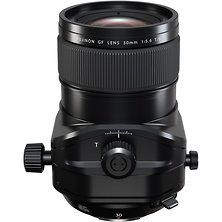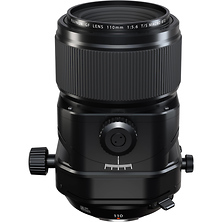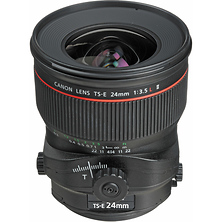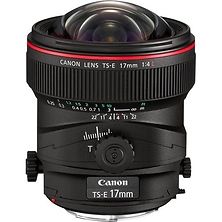Master Perspective Control and Creative Focus
Tilt-shift lenses are great for photographers looking to add a unique tool to their camera bag to up their creative game. Tilt-shifting lenses allow you to control the plane of focus in your images, giving you the ability to shift the lens horizontally, vertically, or both. This gives you greater control over the depth of field in your shots, allowing you to create stunning selective focus effects. These specialized lenses solve technical challenges that standard lenses cannot address, making them essential for professional architectural, product, and fine art photography.
Tilt-shift lenses are widely used in architectural, product, and landscape photography. They allow you to keep straight lines straight, even when shooting at an angle. This makes tilt-shift lenses perfect for capturing intricate details and creating a miniature-like effect in your images. Professional real estate photographers rely on these lenses to eliminate keystoning, while product photographers achieve front-to-back sharpness impossible with conventional lenses.
Shift lenses are versatile tools that can add new dimensions to your photography that are simply impossible with other camera lenses. Whether you're shooting with Canon cameras or Nikon systems, our selection includes top-rated tilt-shift options designed for professional results. Explore our selection, including Nikon and Canon tilt-shift lenses, to find the right one for your next project.
Technical Capabilities and Professional Applications
Tilt-shift lenses operate on the Scheimpflug principle, allowing photographers to manipulate the plane of focus independent of the image plane. The tilt function creates selective focus effects or maximizes depth of field across angled subjects. The shift function corrects perspective distortion without tilting the camera.
Architectural photographers use shift movements to photograph tall buildings without converging verticals. Product photographers employ tilt movements to achieve sharp focus across entire surfaces at close distances. For photographers working with professional lighting and camera accessories, these lenses provide precise control over perspective and depth of field.
Frequently Asked Questions (FAQ):
How Do Tilt-Shift Lenses Make Things Appear Miniature?
Tilt-shift lenses allow photographers to adjust the orientation of the lens in relation to the image sensor. This controls the plane of focus, creating a shallow depth of field and making objects in the distance appear miniature. The effect is similar to what you would see with a macro lens, but with a wider field of view. This can be useful for creating unique, artistic shots that make the scene appear like a miniature model.
When Would You Use a Tilt-Shift Lens?
Tilt-shift lenses are often used in architectural and landscape photography to create the illusion that the subject is miniaturized. Tilt-shifting can also add a unique and creative element to photos and can help draw the viewer's attention to specific details in the scene.
What's the Difference Between Tilt and Shift Movements?
Tilt rotates the lens element to change the plane of focus for selective focus effects or maximum sharpness across angled surfaces. Shift moves the lens parallel to the image plane, correcting perspective distortion in architectural photography.
Are Tilt-Shift Lenses Difficult to Use?
Tilt-shift lenses require practice but follow logical principles. Start with shift movements for architectural correction, then experiment with tilt for creative focus effects. Most photographers begin using one movement at a time.
Do I Need Special Accessories?
A sturdy tripod helps when making precise adjustments. Quality lens filters designed for the larger front elements enhance image quality.











